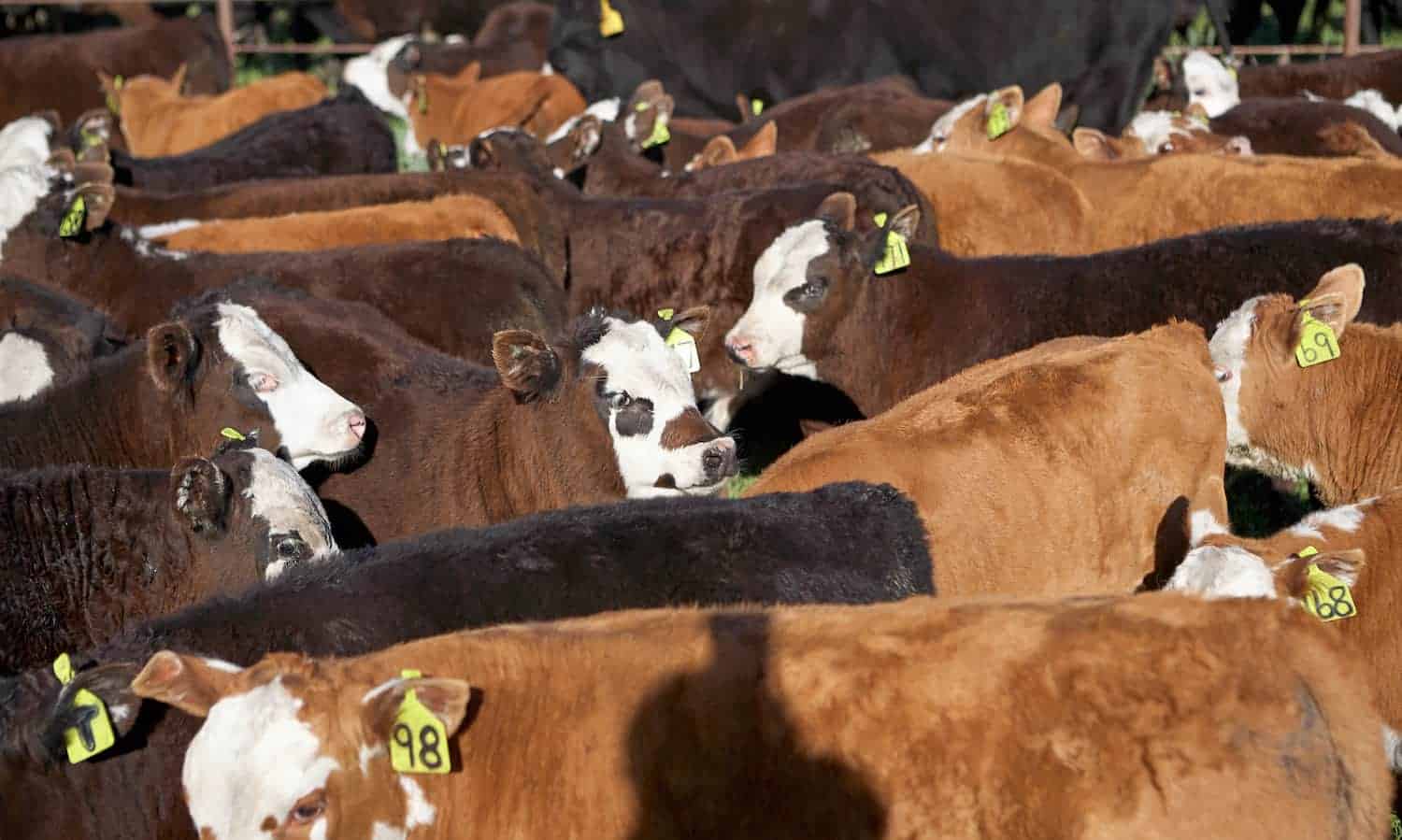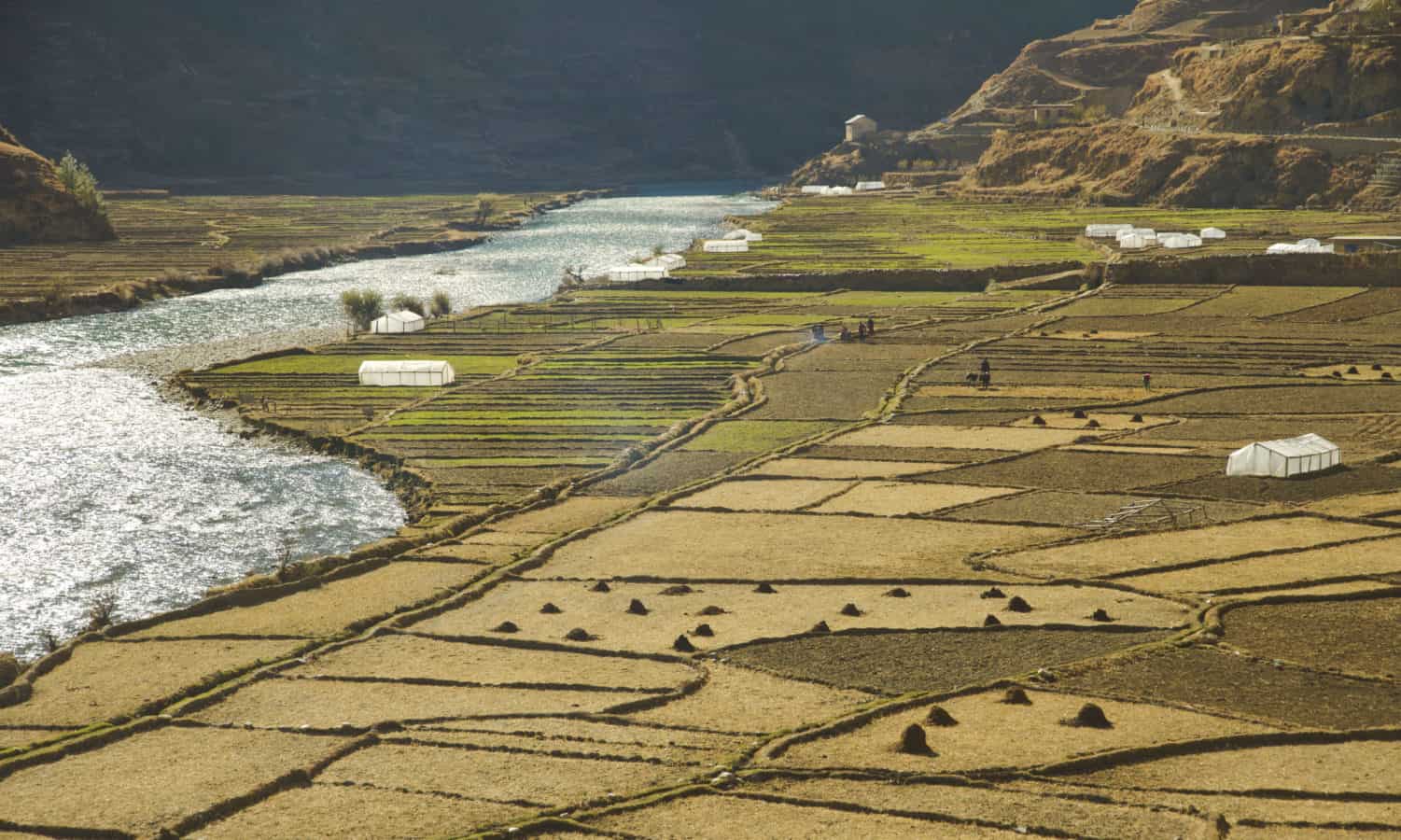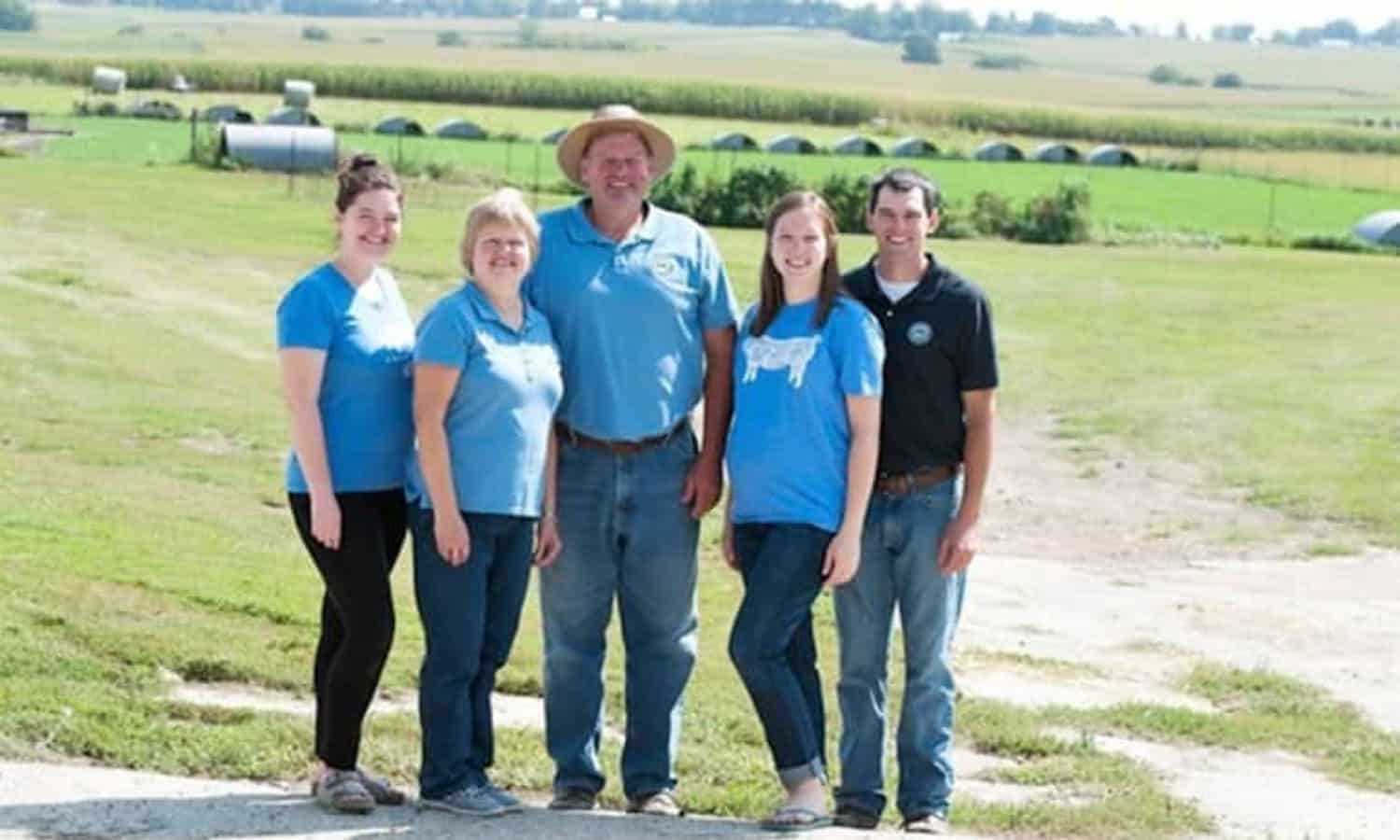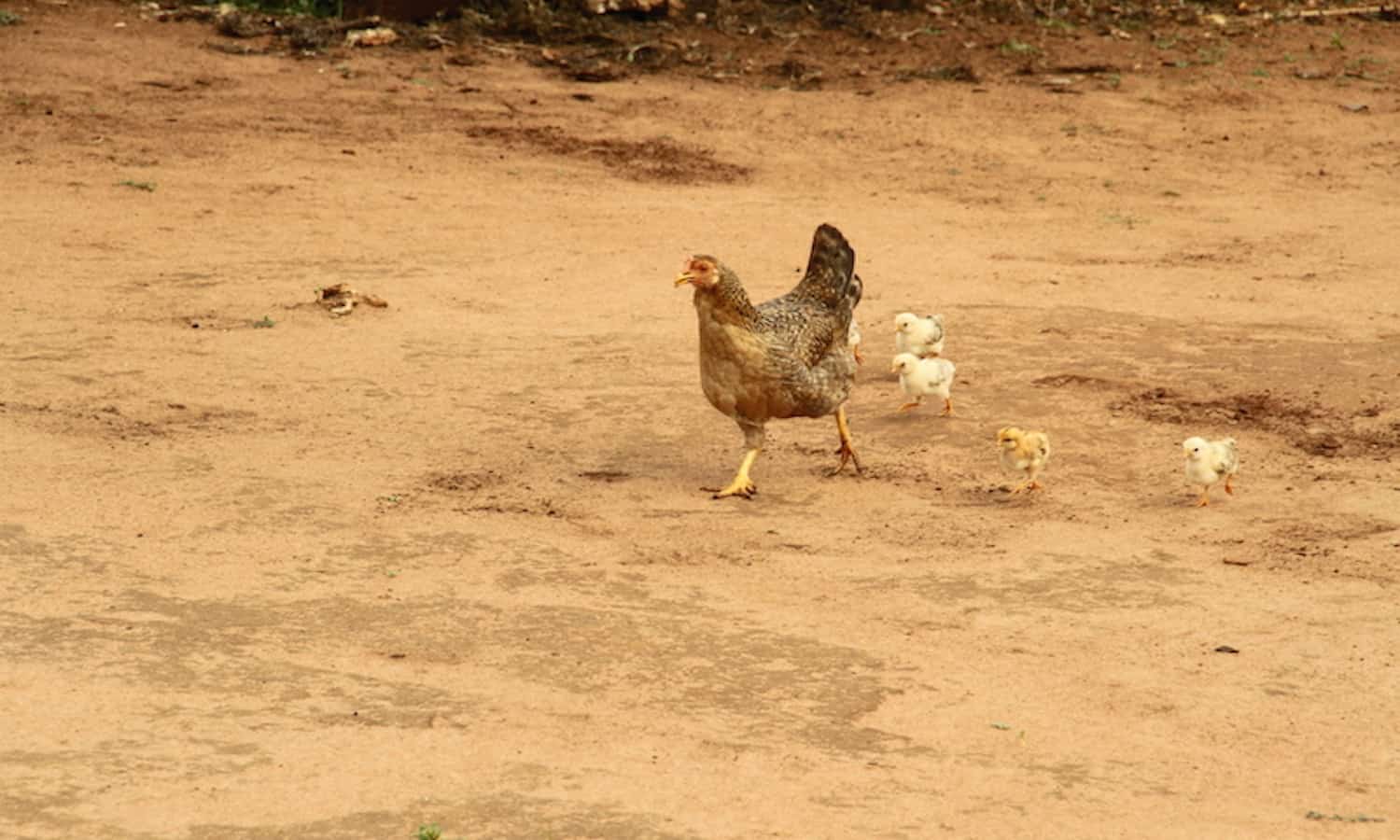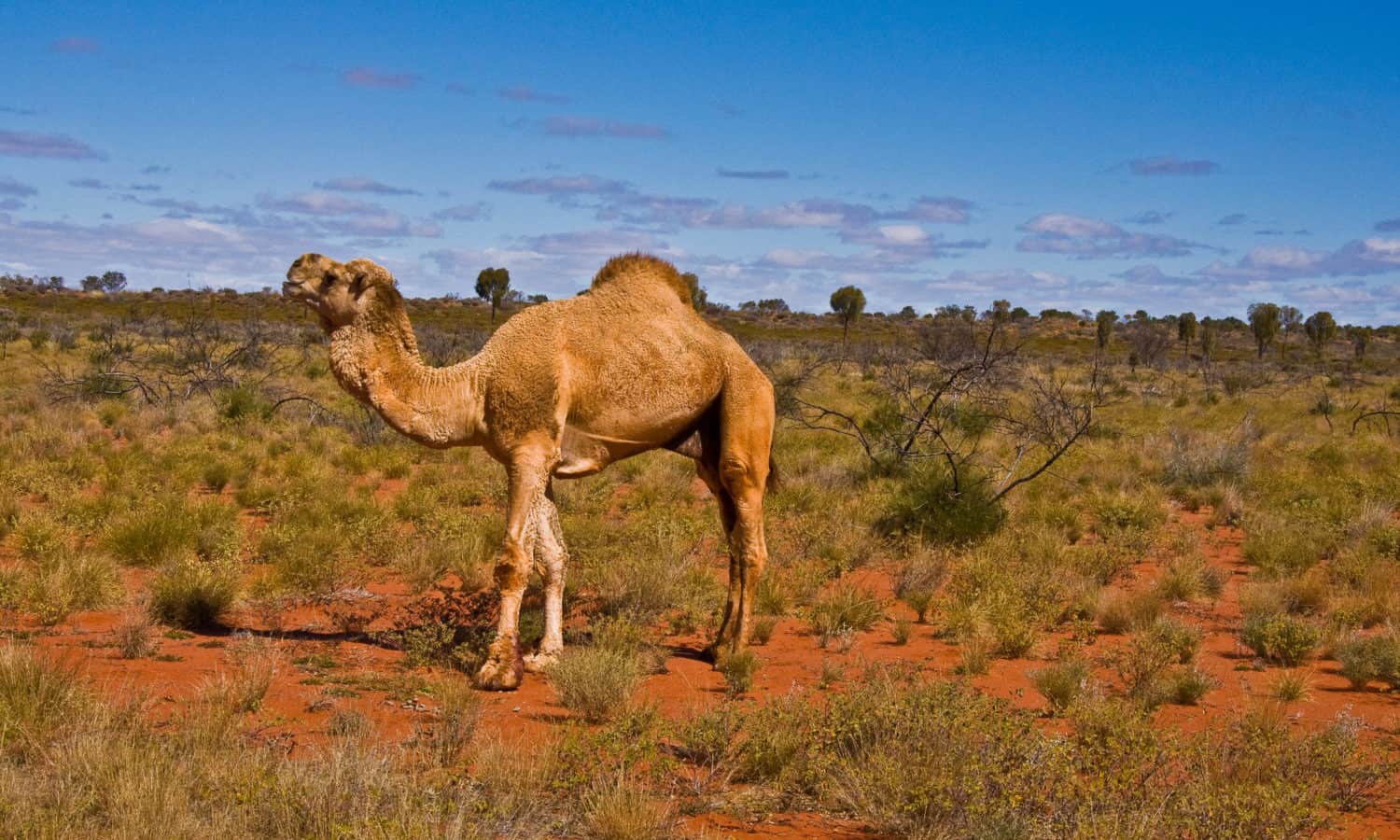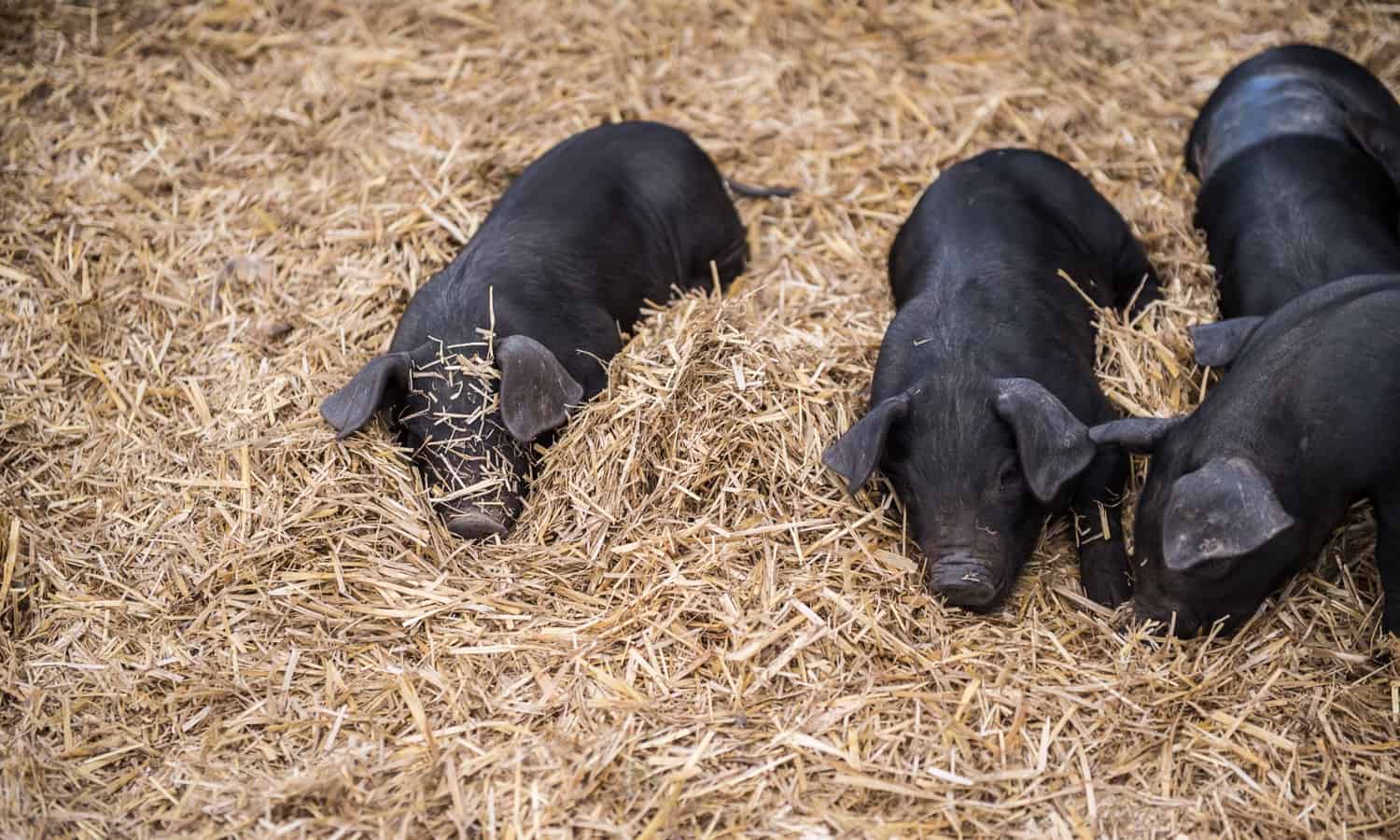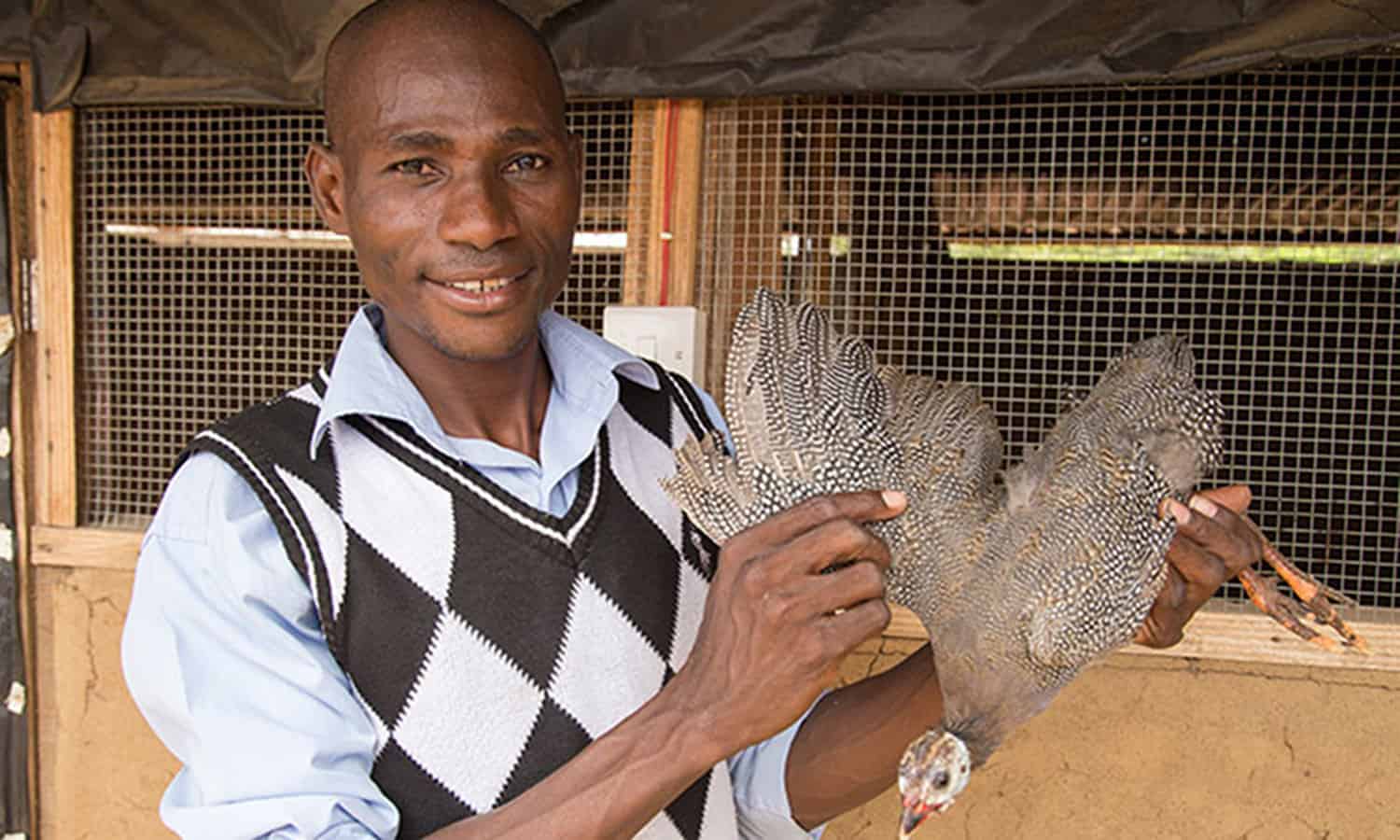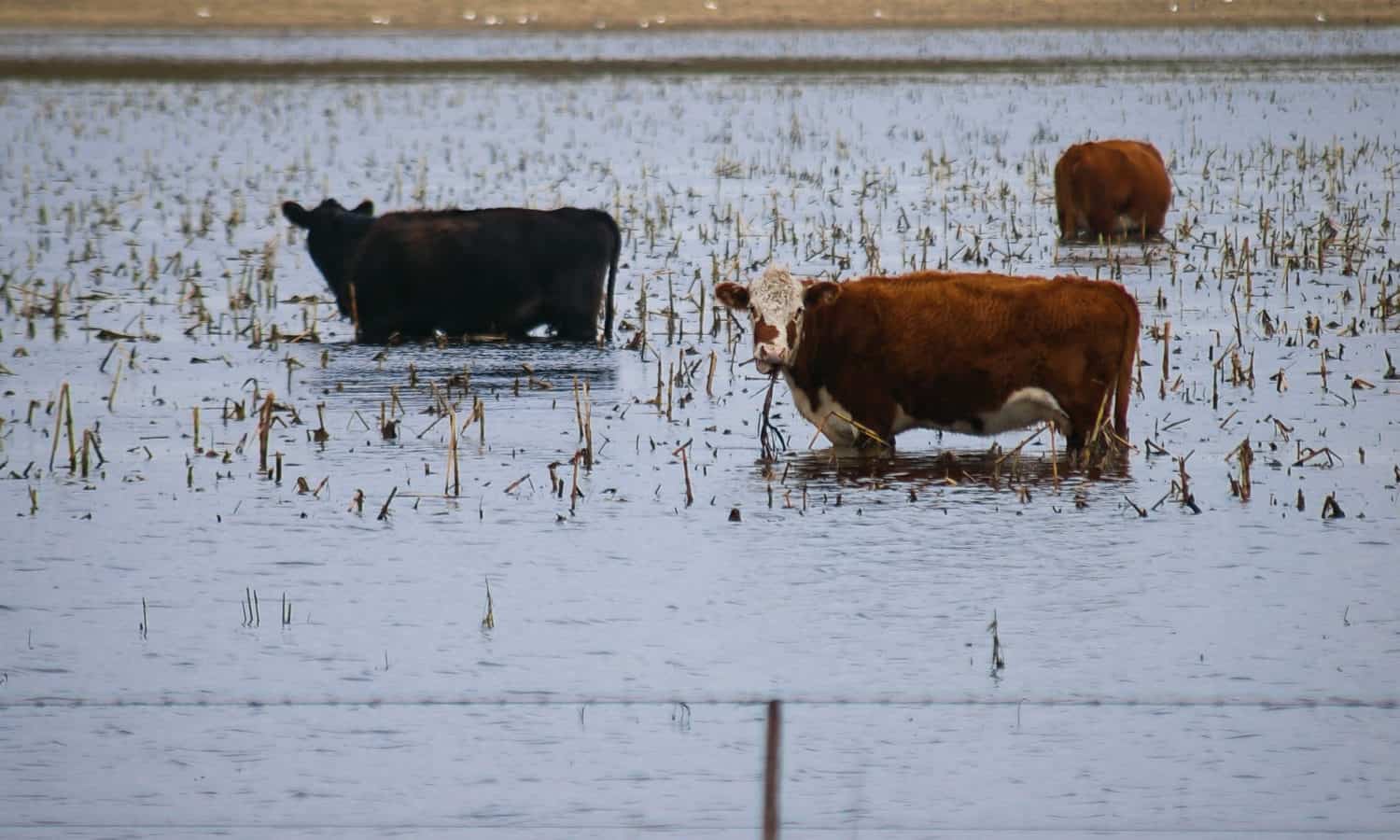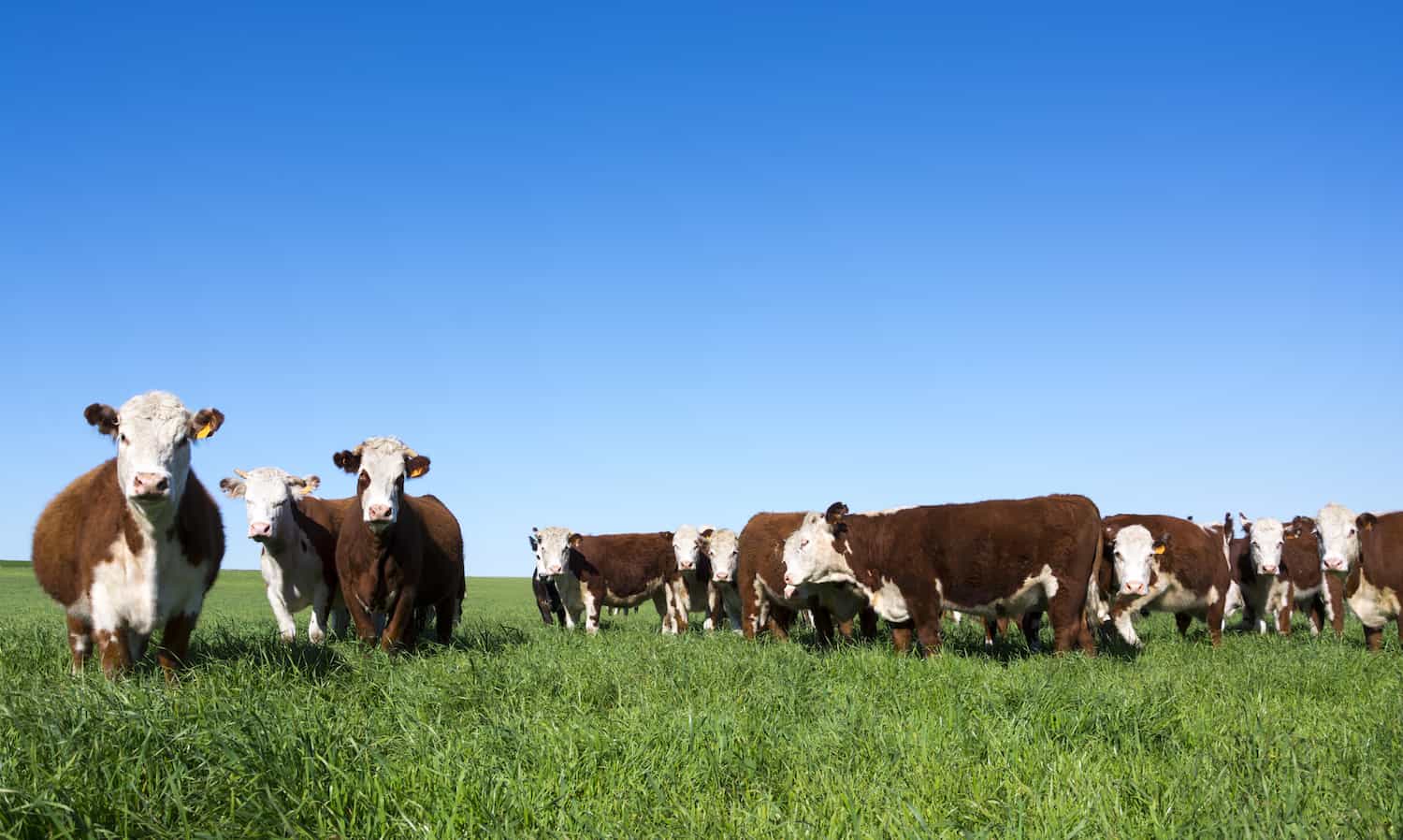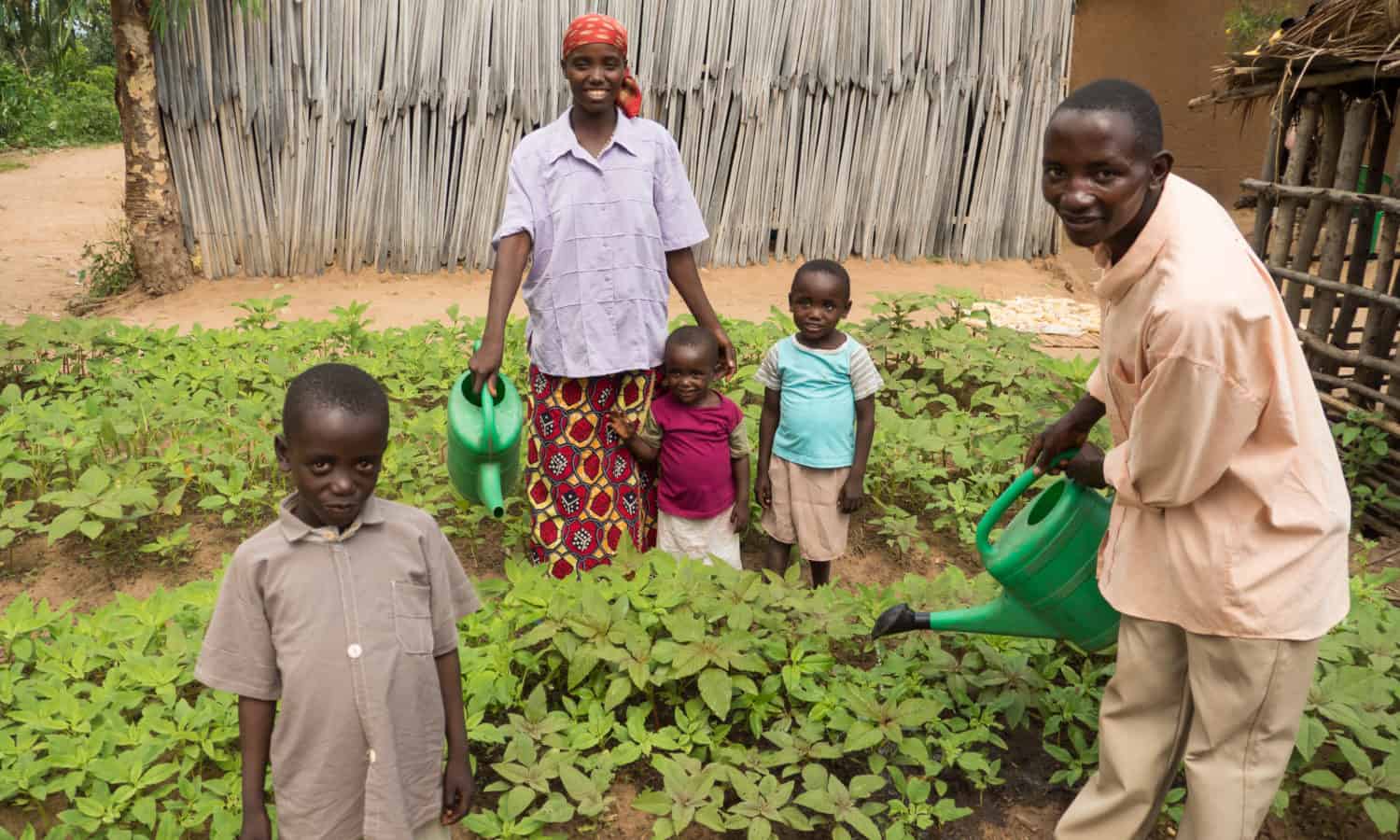The beef industry’s poor grazing management, unethical treatment, and environmentally unfriendly practices will rule out credible plans for sustainable beef, unless industry leaders take serious action.
Opinion | Global Agriculture Fund that is Reducing Hunger, Threatened by Trump
The Global Agriculture and Food Security Program has a proven track record for reducing poverty in Nepal and other countries where food security is a critical issue. Now, the future of this program is in danger as the Trump administration reconsiders the commitment of the United States to multilateral policies.
Raising Farm Animals in Mali: Taking Stock of the Benefits
Two articles from the West and Central Africa Council for Agricultural Research and Development (CORAF) highlight benefits of raising farm animals in Mali.
Camel Meat: From the Australian Outback to the American Midwest
Over the last twenty years, an spike in immigration from Somalia has had a surprising outcome for the American food system: an increased market for camel meat. This article explores the intricate connections for food economics that underlie this new market.
Duffield: Crop “Yield does not tell the whole story”
Duffield and is integrating livestock into crop rotations and helps aspiring and transitioning farmers by drawing on more than 20 years of farming experience and a background in teaching.
In West Africa, “Customers prefer the local guinea fowl”
Up to 80 percent of the agricultural GDP in developing countries comes from livestock. Farmers often raise indigenous breeds, managing herds both to maintain diversity and to support community livelihoods.
Hurricane Harvey’s Impact on Texan Farmers
Extensive wind and water damage caused by Hurricane Harvey has destroyed crops, stranded livestock, and contaminated the food supply. Texan farmers and ranchers will require ongoing support as they begin to assess damages.
ASPCA’s Guide Helps Farmers Choose the Right Welfare Certification
Welfare certification is a small but growing section of the marketplace; ASPCA’s Farm Animal Welfare Certification Guide covers three certifications that s represent a spectrum of higher-welfare ways to raise farm animals, from indoor-enriched systems to outdoor, pasture-based systems.
Teaching Self-Sufficiency and Gender Development in East Africa
In countries of East Africa, Send a Cow’s training experts share new ideas about gender equality and organic agriculture in order to bring balance and self-sufficiency to communities.


